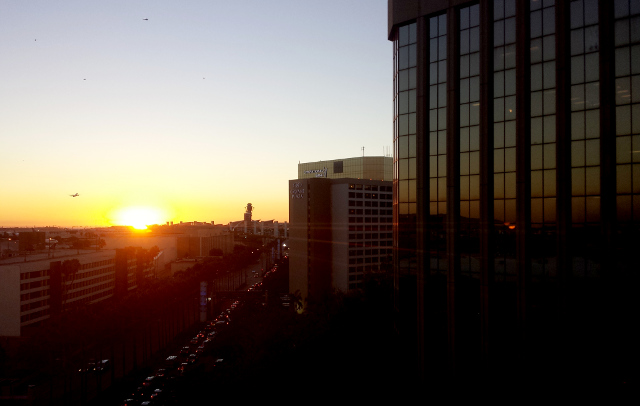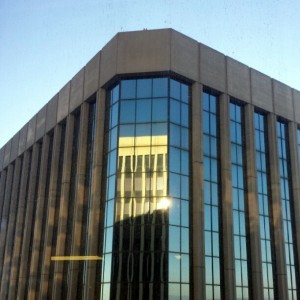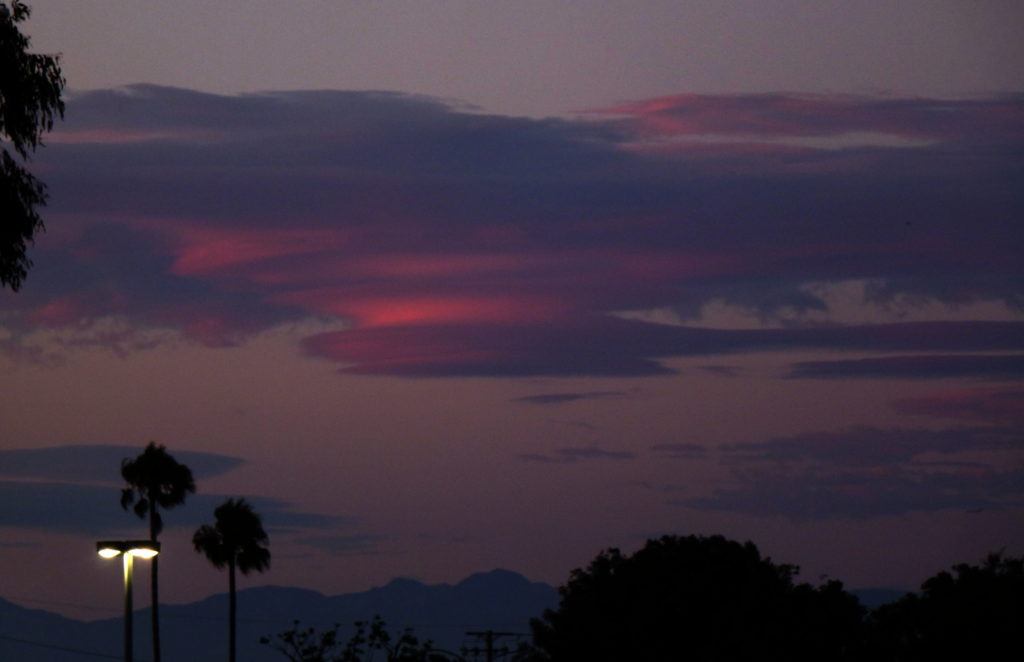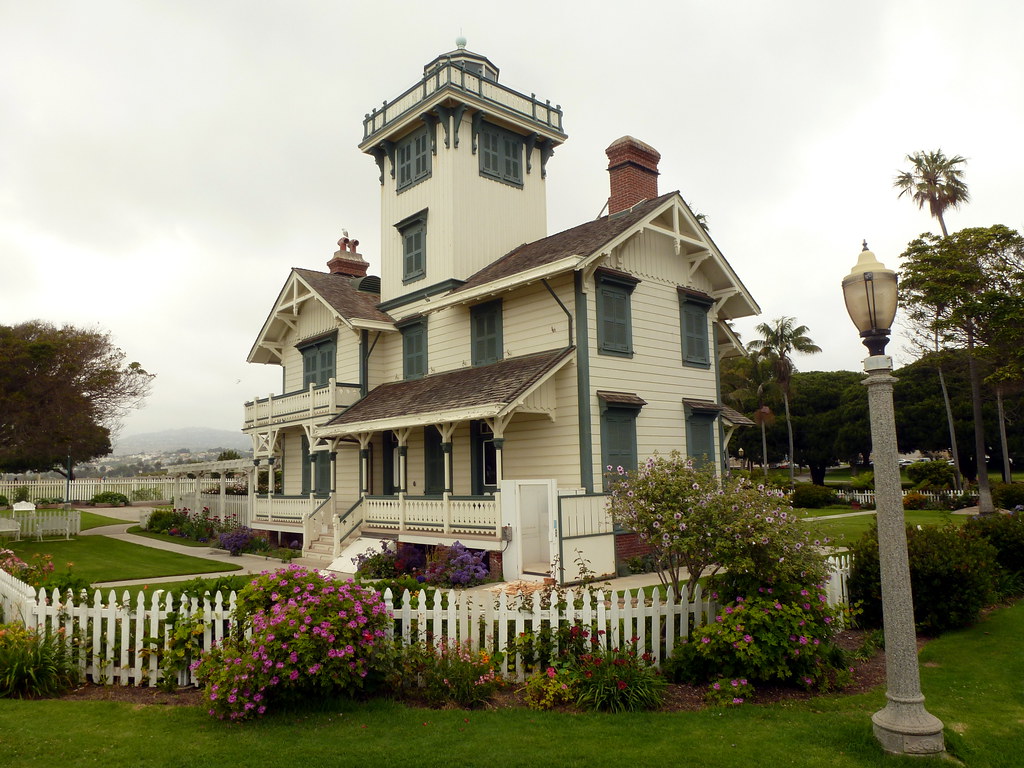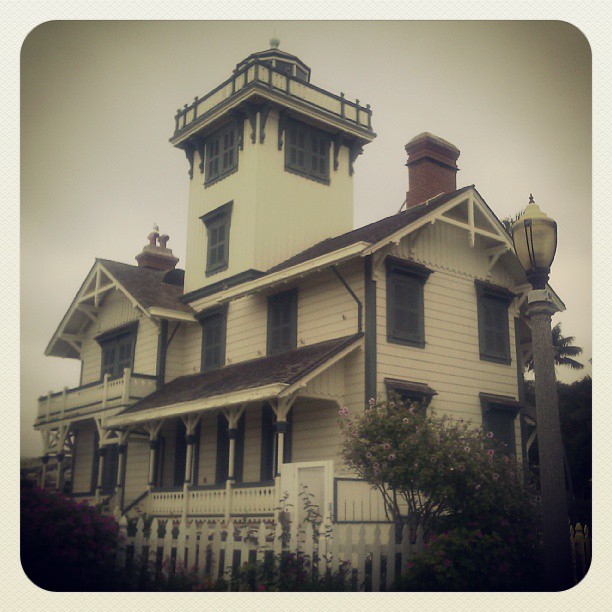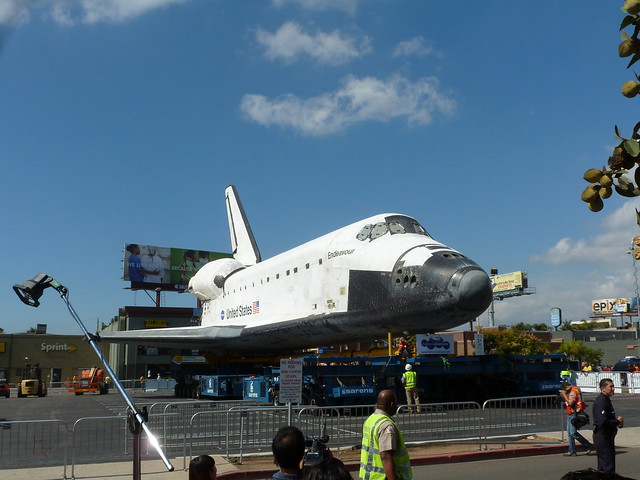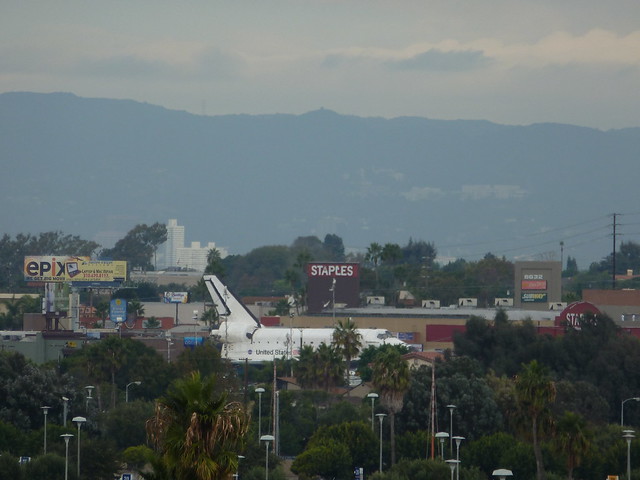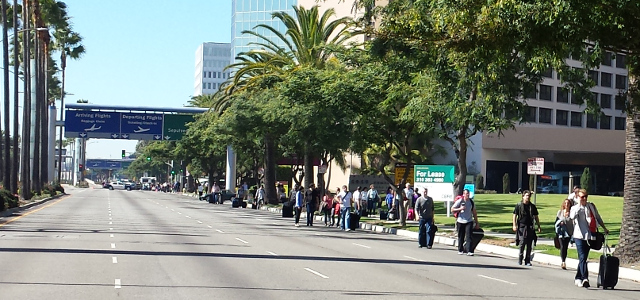
I work in an office building across the street from Los Angeles’ main airport, LAX. This morning was….interesting.
I was driving to work as usual, and noticed two things:
- Just past the next intersection, the street was completely full of stopped cars.
- At least five helicopters were hovering in place up ahead.
This is the third time in as many months that I’ve seen helicopters just holding position like that near the airport. Once the choppers were keeping an eye on a damaged airplane making an emergency landing. Once was the ex-TSA agent bomb scare on September 11.
I turned onto a side street and took a back way to the parking structure. The drone of helicopters was stronger when I got out of the car, and police car after police car started racing down the left side of the street, sirens blaring.
The building concierge hadn’t heard what was going on. She just shrugged and said, “L.A.”
Once I got into the office I found out what was going on: There had been a shooting at the airport, an incident still ongoing. There were still airplanes taking off at the time, though we hadn’t noticed anyone landing, and more and more helicopters took up position in the sky down the street.
Information was still spotty at the time, so I sat down to work, but it’s unnerving to listen to the constant drone of helicopters when you know they’re there because something’s wrong, especially when that sound is punctuated every few minutes by yet another siren.
By lunchtime, Century Blvd. had been blocked off by police and the trapped cars had been cleared out, leaving the street eerily empty. A stream of stranded travelers trudged along the sidewalk and in lanes, dragging their luggage away from the airport and toward hotels, offsite parking, or transportation. The cafe downstairs was swamped (though not as full as I’ve seen it during conventions).
What surprised me were the people getting out of cars at the curb just outside of the barricaded area, pulling their suitcases with them and starting the mile-long trek toward the airport. I can only assume they were counting on delays being lifted by the end of the day and their flights actually taking off. Though I’m not sure what the people waiting at the bus stop inside the closed area were planning to do.
It’s about two in the afternoon right now. I’m pretty sure I heard an airplane take off a few minutes ago. Most of the helicopters are gone, and while the street still looks closed, I can see more people walking toward the airport than away from it. It looks like things may be starting to return to normal.
Update 6:00pm: Century Blvd has been re-opened for traffic (though I wouldn’t say it’s moving, and airplanes are taking off again. If you look closely in the picture below, though, you can just see some helicopters still holding position above the airport.
On a completely different note: I’ve decided to try NaBloPoMo and post every day this month. I’ve been getting all the NaNoWriMo emails, and while I don’t have the time or story ideas (and Katie’s covering the “writing a novel” thing), I’m a little nostalgic for a writing challenge.
